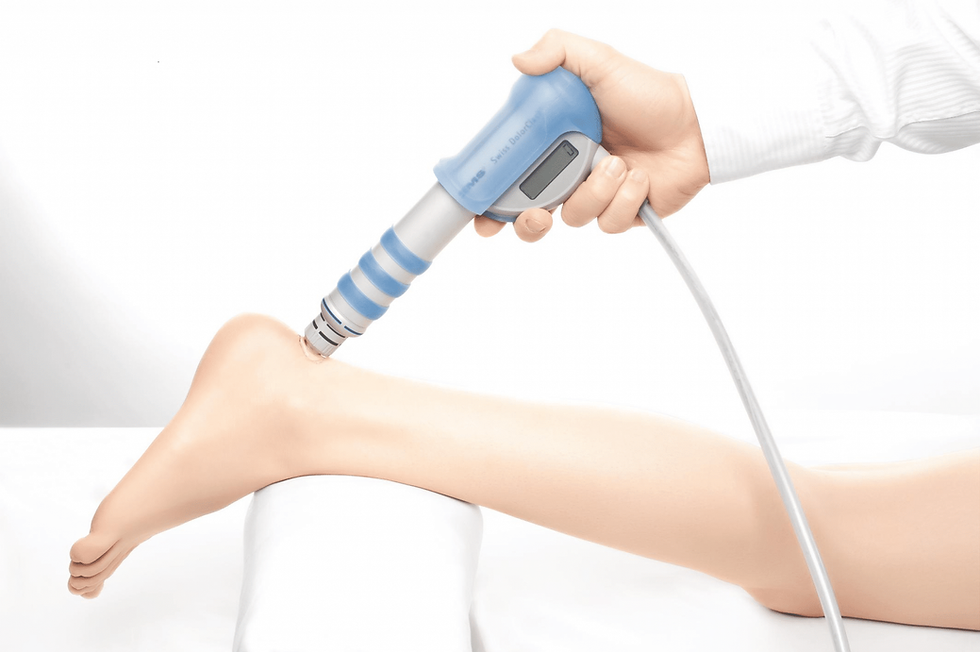Physiotherapy Visits at Home and Workplace
- optimaphysioc
- Apr 18
- 2 min read
Physiotherapy visits at home, residential care facilities, and the workplace have become increasingly popular due to their convenience and effectiveness in addressing various physical health issues. Here’s an overview of both options:
Home Physiotherapy
Personalized Care: Therapists can tailor treatment plans to individual needs and environments.
Convenience: Patients can receive therapy in the comfort of their own homes, which can reduce travel time and stress.
Family Involvement: Family members may attend sessions to gain insights into the rehabilitation process and learn how they can assist effectively.
Variety of Treatments: Home physiotherapy can involve exercises, manual therapy, education on injury prevention, and more, all adapted to the home setting.
Workplace Physiotherapy
Injury Prevention: On-site physiotherapy can help prevent workplace injuries by providing ergonomic assessments and advice.
Increased Productivity: Employees receiving physiotherapy may experience less pain and discomfort, leading to better focus and productivity.
Convenience for Employees: Easy access to physiotherapy can encourage employees to seek help early, reducing the risk of chronic issues.
Wellness Programs: Many companies incorporate physiotherapy into their wellness programs to promote employee health and well-being.
Physiotherapy in care homes plays a vital role in enhancing the quality of life for residents, particularly those with limited mobility or chronic health conditions. Here are some key aspects of physiotherapy in this setting:
Assessment and Evaluation: Physiotherapists conduct thorough assessments to understand each resident's physical abilities, limitations, and specific needs. This may include evaluating mobility, strength, balance, and pain levels.
Individualized Treatment Plans: Based on the assessment, physiotherapists develop personalized treatment plans aimed at improving mobility, reducing pain, and enhancing overall physical function.
Exercise Programs: Physiotherapy often includes tailored exercise programs that focus on strength building, flexibility, and coordination. These exercises can be crucial for maintaining independence and preventing falls.
Pain Management: Techniques such as manual therapy, heat or cold therapy, and electrical stimulation may be used to alleviate pain and improve comfort for residents dealing with chronic conditions.
Education and Training: Physiotherapists also provide education to staff and caregivers about proper handling techniques, mobility aids, and strategies to support residents' physical needs.
Rehabilitation: For residents recovering from surgery or illness, physiotherapy can facilitate rehabilitation, helping them regain their pre-illness level of function.
Group Sessions: Some care homes offer group physiotherapy sessions, which can promote social interaction and motivation among residents while engaging in physical activity.
Considerations
Availability: Check local regulations and the availability of physiotherapy services in your area for home and workplace visits.
Insurance Coverage: Some insurance policies may cover home visits or workplace physiotherapy, so it’s worth checking with your provider.
Therapist Credentials: Ensure that the physiotherapist is qualified and licensed to provide care.
Physiotherapy, whether conducted at home or in the workplace, serves as an effective means for managing injuries, enhancing mobility, and promoting overall health.
If you seek to enhance your mobility, productivity, and alleviate pain, we are here to assist you in achieving your goals.
We encourage you to visit our website for detailed information regarding our services. For any inquiries, please reach out to us via email through our contact page or call us for further assistance.



Comments